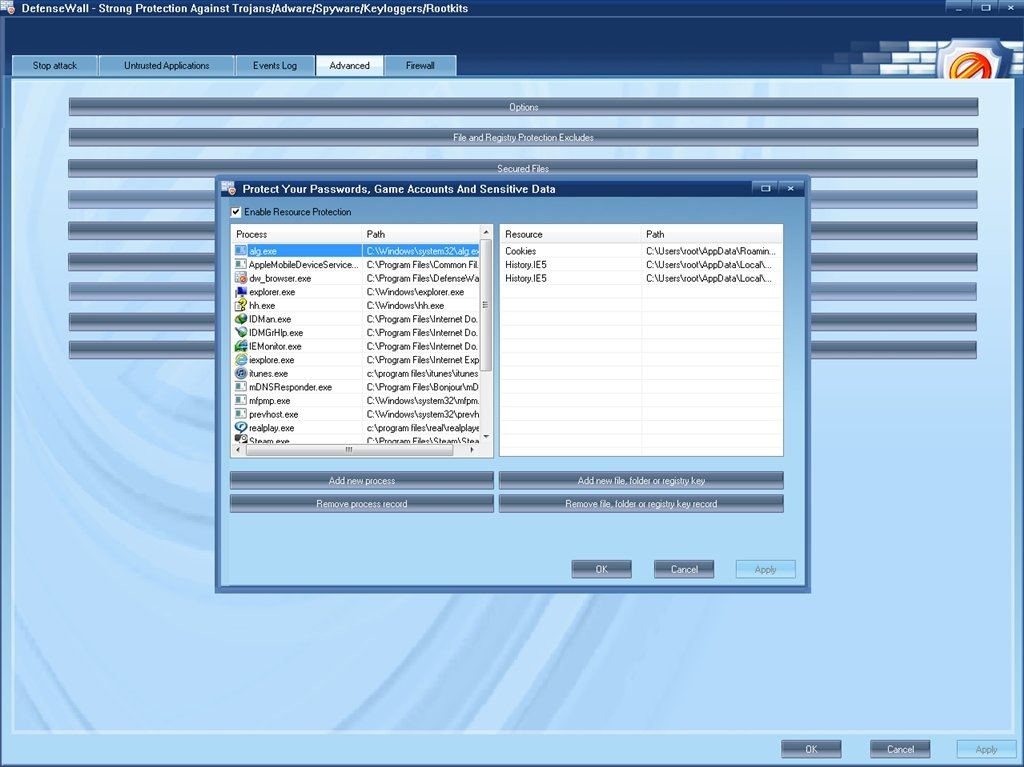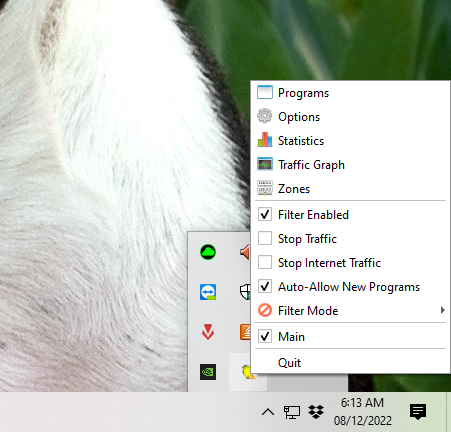
A diurnal slope flow model and non-neutral atmospheric stability model can be turned on or off. Other required inputs for a WindNinja simulation include elevation data for the modeling area (which WindNinja can obtain from Internet sources), date and time, and dominant vegetation type.

The third mode uses a user-specified average surface wind speed and direction. The second mode uses one or more surface wind measurements to build a wind field for the area. The first mode is a forecast, where WindNinja uses coarser resolution mesoscale weather model data from the US National Weather Service to forecast wind at future times. WindNinja can be run in three different modes depending on the application and available inputs. It was developed to be used by emergency responders within their typical operational constraints of fast simulation times (seconds), low CPU requirements (single processor laptops), and low technical expertise. WindNinja is a computer program that computes spatially varying wind fields for wildland fire and other applications requiring high resolution wind prediction in complex terrain. WindNinja was developed to help fire managers predict these winds. The complex terrain of fire-prone landscapes causes local changes in wind speed and direction that are not predicted well by standard weather models or expert judgment.

Wind is one of the most influential environmental factors affecting wildland fire behavior. Take a look at our WindNinja story map to see a quick overview. See the WindNinja project website for more details.Īlso, check out WindNinja-Mobile application. WindNinja is a computer program that computes spatially varying wind fields for wildland fire application.


 0 kommentar(er)
0 kommentar(er)
